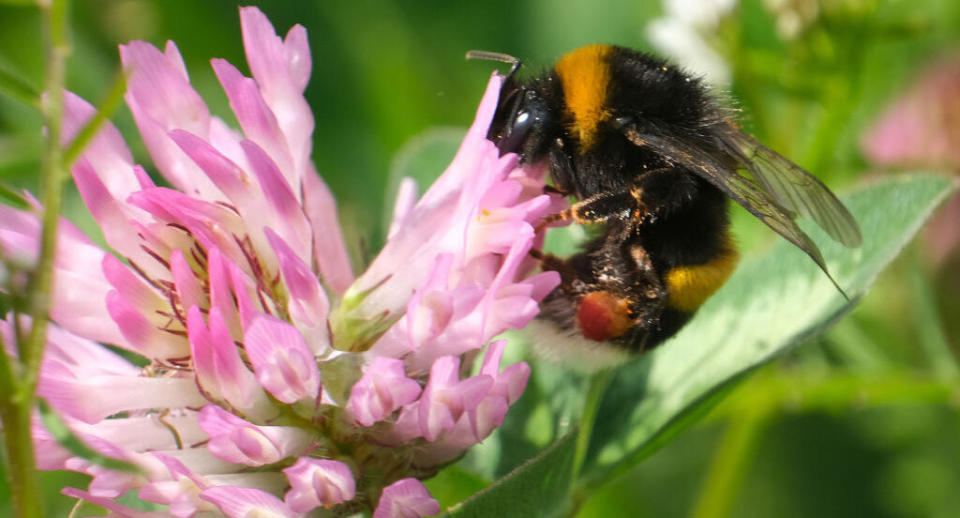Decline in bumblebee numbers after extreme weather
Last year’s weather extremes from snowstorms to drought led to a tough year for many of the UK’s bumblebees, conservationists have said.
But several rare species which emerge late and love hot conditions had a very good year, a report from the Bumblebee Conservation Trust reveals.
Data from volunteer group “BeeWalks” through the spring and summer showed freezing conditions in late February and early March, as the country was hit by the ‘Beast from the East’, delayed the start of the 2018 bumblebee season.
Most of the 24 species of UK bumblebee got off to a slow start and only reached normal numbers in July, which experts said suggested the queen bees were late out of hibernation and slow to produce large numbers of workers.
The hot, dry summer caused further problems for the insects, with many species declining more quickly than normal as the year progressed and the heatwave wilted and parched flowers, reducing the amount of food for them.
The early bumblebee had its worst year since the near constant rain in 2012, while species commonly seen in people’s backyards, such as the garden, buff-tailed, heath and white-tailed bumblebees all had poor years.

Last year was the worst for the number of individuals per species recorded since the washout weather in 2012 and conservationists are concerned that could have a knock-on effect for 2019 numbers.
That is because the heatwave could have affected the number of queens which made it into hibernation last winter.
The country’s bumblebees could face long-term problems from the more frequent heatwaves the UK is likely to see with climate change, the wildlife organisation warned.
But 2018 saw better news for a handful of rare species, including the brown-banded carder bee, the shrill carder bee and the large garden bee – all warmth-loving species which are at the north edge of their range in England and Wales.
They all emerge late so the icy conditions in March will largely not have affected them.
The Bumblebee Conservation Trust also said all three have been the focus of projects to create and conserve suitable habitat for them.
The citizen science BeeWalk scheme has been running since 2010 and sees volunteers walk a fixed monitoring route roughly 1 to 2km in length through some flower-rich habitat and recording the bees they see.
Each of the network of routes is walked at least once a month between March and October, with data from 559 sites submitted by 482 people in 2018.
“Whilst it is great to see the four ‘biggest species winners’ from our latest ‘BeeWalk’ data are rare bumblebees, it’s concerning to see four of our seven commonest bumblebees have declined over the last nine years,” Dr Richard Comont, science manager at the Bumblebee Conservation Trust, said.
Do you have a story tip? Email: newsroomau@yahoonews.com.
You can also follow us on Facebook, download the Yahoo News app from iTunes or Google Play and stay up to date with the latest news with Yahoo’s daily newsletter. Sign up here.


